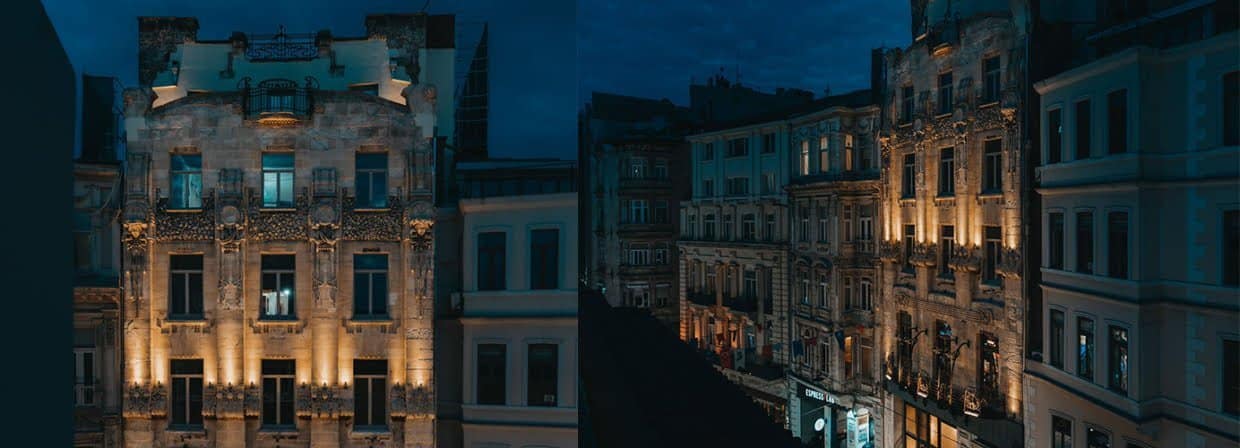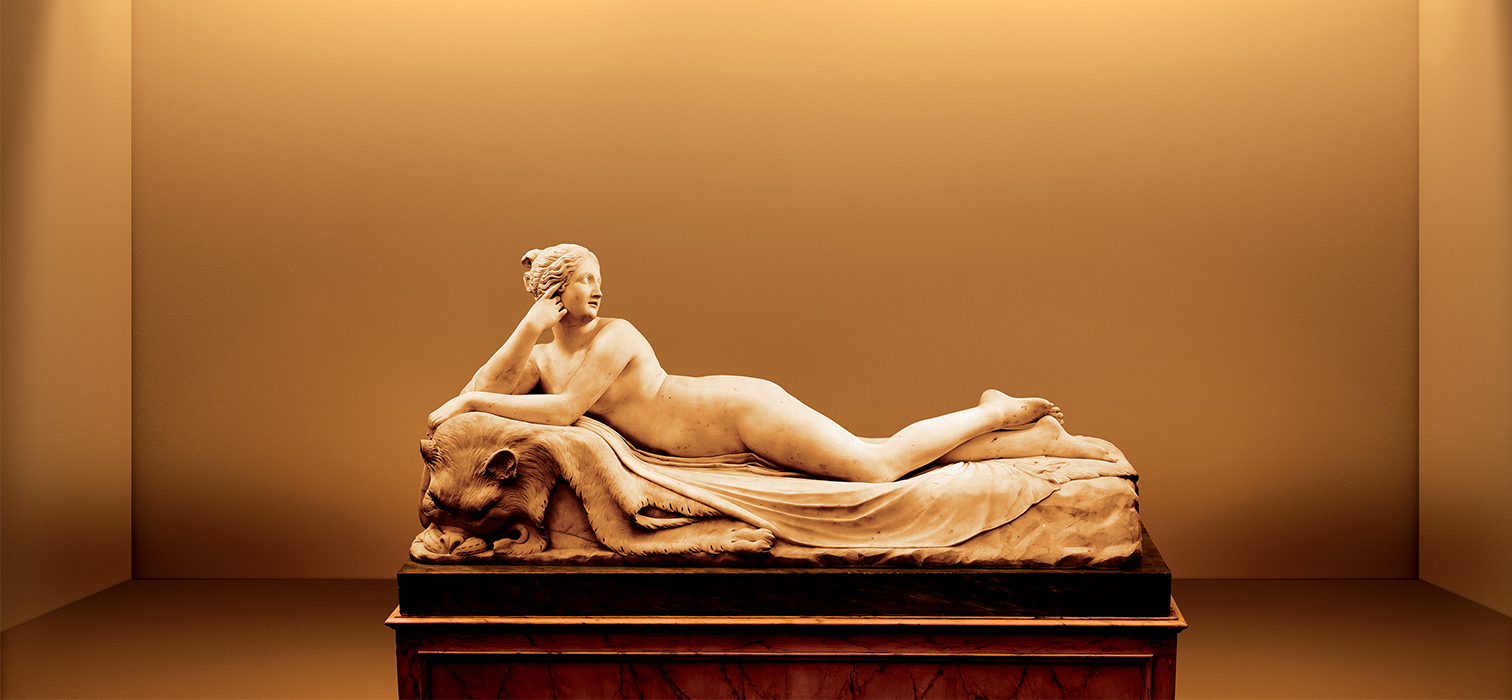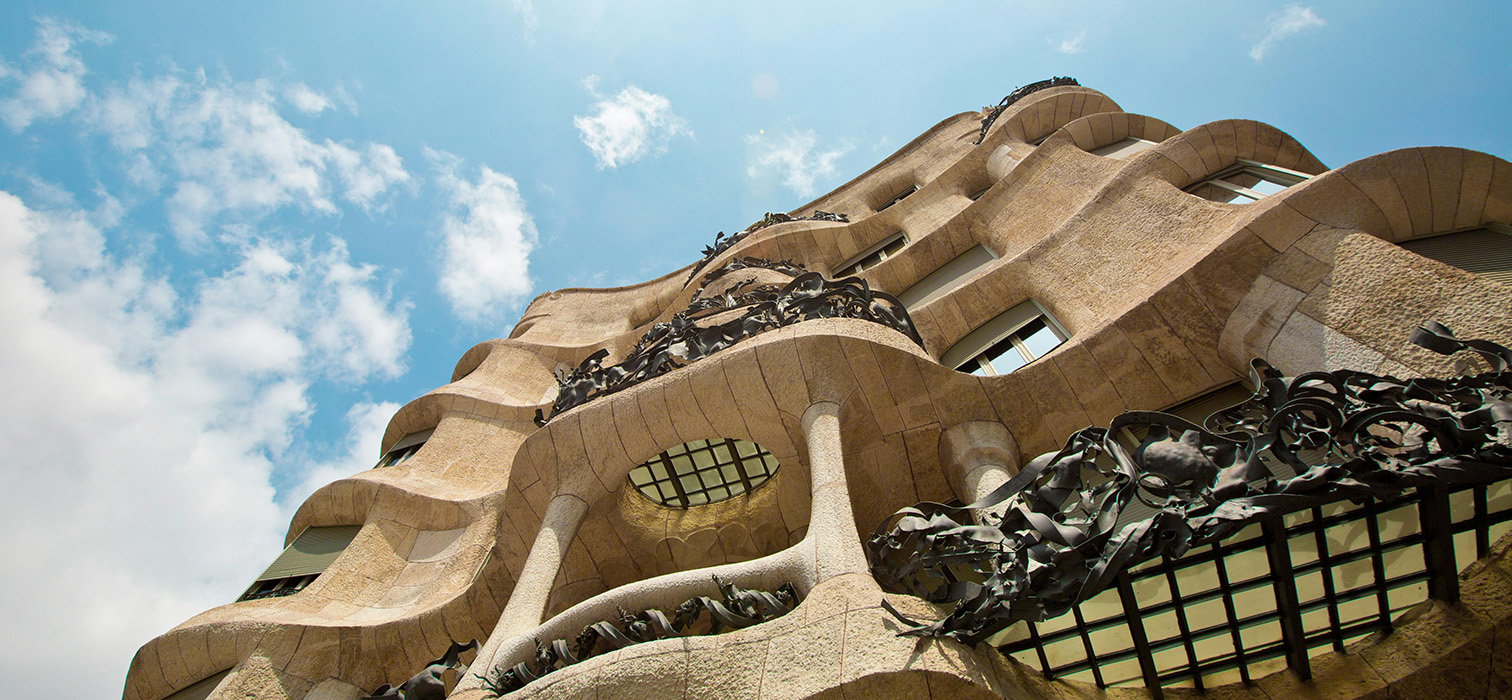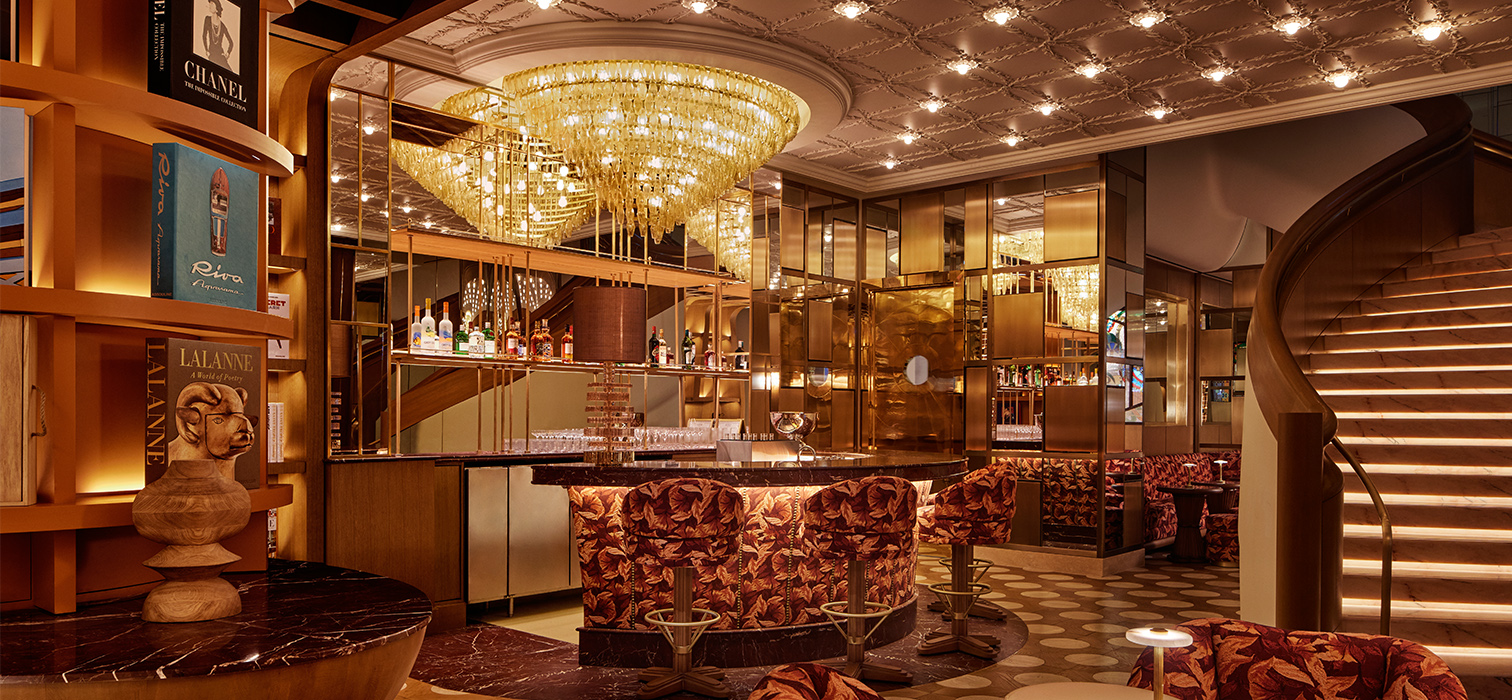
Istanbul’s first Art Nouveau building has been restored and is reopening years later with an exhibition.
Botter Apartment is one of the oldest buildings on Istiklal Street. Botter, whose construction started in 1900 for the fashion designer Jean Botter, also hosted the first fashion house.
Of course, the apartment has many other features; for instance, it was the second building that used an elevator at that time, after Pera Palace. Also, Ferit Edgü once used the third floor of Botter as both an advertising agency and home. After that, it remained unclaimed and idle for many years. However, now he is getting ready to wake up from his sleep and open his door to Istiklal again.
Botter, an old Beyoğlu apartment that Abdul Hamid II had built by one of the famous architects of the time, Raimondo D’Aronco, in the 1900s, for the Dutch fashion designer of the palace, Jean Botter. It is the first Art Nouveau structure of Istanbul with the floral motifs on its windows and balconies, the human head figures on its columns, and the decoration consisting of flowers, leaves and fruits in the section where the entrance door is located. Built in the early 1900s, the apartment housed the Botter Family for a while, and European fashion was introduced to the city with fashion shows held here. The apartment, like many buildings in Beyoğlu at that time, carried the sound of the world to Istiklal Street, and contained the noise of the beautiful crowd of the street with its windows surrounded by floral motifs. I think that’s exactly why, in the restored Botter’s opening exhibition, “Dreams and Realities”, the installation “The Bell”, which deals with the sound relationship between the street and the apartment, is the first work that catches my attention as soon as I step into Botter.
“Istiklal is a Phoenix and it will return”
After being home to the Botter Family for a while, the Botter Apartment, which was used in various ways including a bank office in the following years, was abandoned to its fate over time and turned into a derelict building. IBB Miras, which started to work to revive Botter last year, restored the Botter Apartment and brought it back to life as the Casa Botter Art and Design Center. Casa Botter will open to the public on Friday, April 14, with an art exhibition inside. Two days before the opening of Botter, Deputy Secretary General of IBB Mahir Polat and the curator of the exhibition Melike Bayık toured Casa Botter with members of the press. Bayık said that with the “Dreams and Truths” exhibition in the revived Botter, the concept of hope we need nowadays was discussed, while Polat talked about the restoration of Botter, which has a tree on its roof, by saying “Istitklal is a Phoenix and it will return”. In these days when spring is coming, seeing the resurgence of a Beyoğlu apartment building and remembering that Istiklal Street is a phoenix from which it is possible to return gives us all hope.

Botter Apartment has been so idle over the years that even a tree on its roof was finished before it was restored. This tree on the roof also establishes a dialogue with one of the works in the exhibition, which can be seen on the ground floor of the apartment. “Start From Dark to Seeing” by Larissa Araz; deals with the relationship between history, land and identity, based on the story of Ahmet Cemal, who was killed in Cyprus in 1974. The last food Ahmet Cemal ate, who was killed in a cave in Cyprus, was a fig from Turkey. The fig, Cemal’s last meal, grows with the sunlight he receives from the hole at the top of the cave, which was exploded with dynamite, and turns into a tree. Araz, who went to Cyprus to find this tree, works with the fig tree growing from Cemal’s stomach, blurring the relationship between soil and identity in his work. The fig tree, which falls on the work as a shadow, establishes an inverted relationship with the tree that grows on the roof of Casa Botter. The fig tree, which grows with the light from the hole of the cave, represents life, just like Casa Botter, which came to life again years later.

The first two floors of Casa Botter are reserved for the “Dreams and Truths” exhibition, and one of the works at the entrance, the self-portrait work “If You Don’t Tell…” by Mehtap Baydu looks at Istiklal Street as a woman. The photograph taken by Orhan Cem Çetin, which appears on the wall just across from us, is a view of Istanbul from 35 years ago. The photograph taken in Kurtköy reveals how the city has changed in less than half a century. Sena Başöz’s video work “The Box” stands in a compassionate place in Bayık’s words, in this period when we want compassion and healing. Social women’s issues in the exhibition were not neglected either; Güneş Terkol has given life to her childhood memories on the cloths in her cloth work called “Hu Hu Hu”. We see women’s association with society in these cloths in various ways. For Terkol, these cloths are like a second skin, fragile, but they have the power to carry her story.
Botter’s restoration is not completely finished. Mahir Polat says that they do not expect the entire restoration to be completed because they want to bring the floors that are connected to the street and that people can use to the public immediately. At the same time, focusing on the restoration of the façade in the first place, the steel scaffoldings, which are now almost identified with the building, were removed and the Art Nouveau design of the apartment was revealed. On the upper floors, working areas have been created to host artists and researchers who will take part in the works to be carried out by IMM for the 100th anniversary of the Republic. The reason why the apartment was implemented as a design center is that Istanbul, which was chosen as the City of Design by UNESCO in 2017, needs design centers. Thus, Botter Apartment, which hosted the first fashion house of the city, returns as a design center after decades. As with other restoration works of İBB Miras, the restoration of Casa Botter was open to the public.

Botter Apartment, which was built 123 years ago, once used to blow the European fashion wind between its walls with fashion shows and sometimes used as a bank office, is getting ready to meet with Istanbulites on Friday, April 14. The fact that a cultural heritage belonging to Beyoğlu will be revived and the hundred-year-old flower motifs in the frames of its windows will reopen, gives us a different hope as spring approaches, for those of us who love this ancient street of the city. Here is the last words that gives hope is the sentence that I heard within the walls of Botter and that I repeated a lot in the article: “Istiklal is a Phoenix and it will return.”



